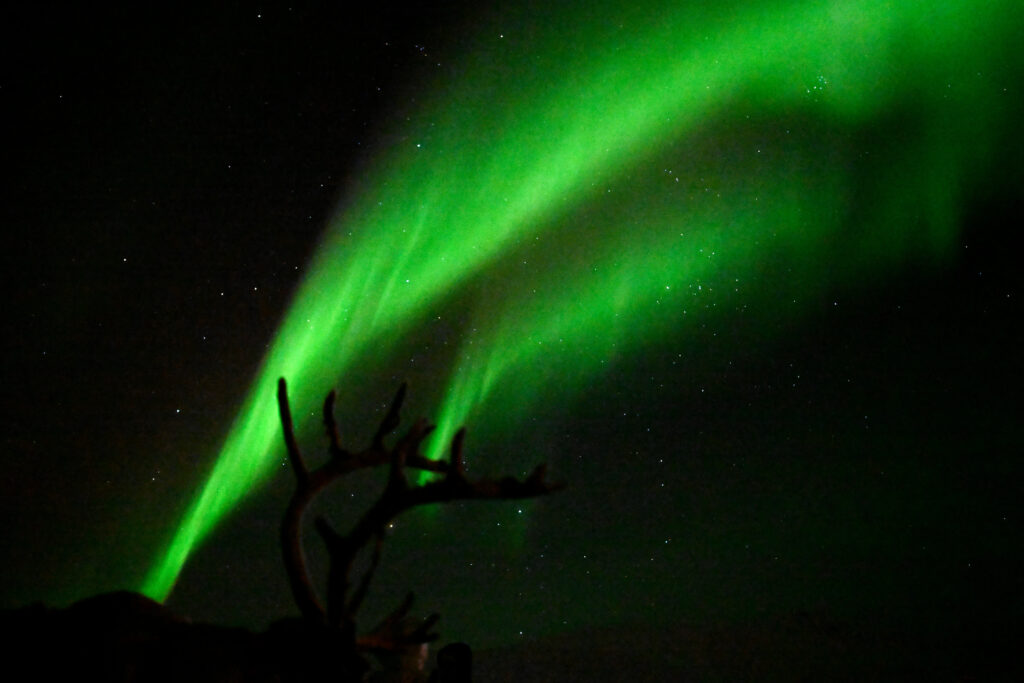
- ARAB NEWS
- 30 Jun 2025

TOKYO: The northern lights are likely to be observed in Hokkaido again in 2024 after fascinating many people across the northernmost Japan region in December last year.
Solar activity is forecast to increase toward 2025, likely leading to opportunities to see the ethereal curtains of lights.
The northern lights, also known as the aurora borealis, are a phenomenon in which electrons from space collide with oxygen and nitrogen in the atmosphere and glow when they enter Earth along the geomagnetic field.
When the sun has a flare, or an explosion on its surface, large amounts of electrically charged plasma particles reach Earth, causing such a phenomenon.
The northern lights are often seen in the Arctic, but if the flare is large, the lights can be observed even in places at lower latitudes such as Hokkaido.
Low-latitude auroras are red lights. They actually have a green part spreading in the lower section of the sky, but the part is hidden under the horizon and only the red part is visible when observed at low latitudes.
Last year, the northern lights were visible with the naked eye in many parts of Hokkaido on the night of Dec. 1.
In Japan, sightings of red auroras were recorded on historical materials from long ago. Among them are the “Nihonshoki” chronicles of Japan of the eighth century and the diary of “waka” poet Fujiwara no Teika of the 12th to 13th centuries.
Solar activity fluctuates every 11 years, and the next peak is expected to come in 2025, said Fumitake Watanabe of the Nayoro Observatory in northern Hokkaido.
So this year, as in the previous year, solar activity is likely to be brisk, and there is a good chance that the northern lights can be seen, Watanabe also said.
It takes about two days for plasma particles to reach Earth after a solar flare occurs, so the appearance of the northern lights can be predicted two days in advance, he said.
“When a flare occurs, you’ll know it if you check social media posts by researchers,” Watanabe said. “Low-latitude auroras are pale red, but sometimes they can be observed even with moonlight, as in December last year. I hope many will look forward to seeing auroras again this year.”
JIJI Press